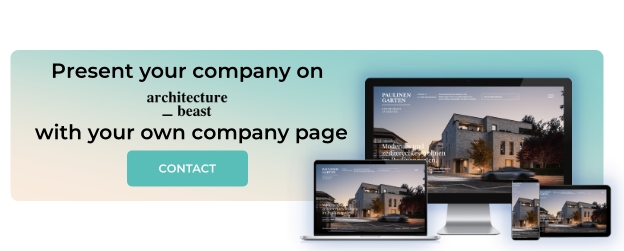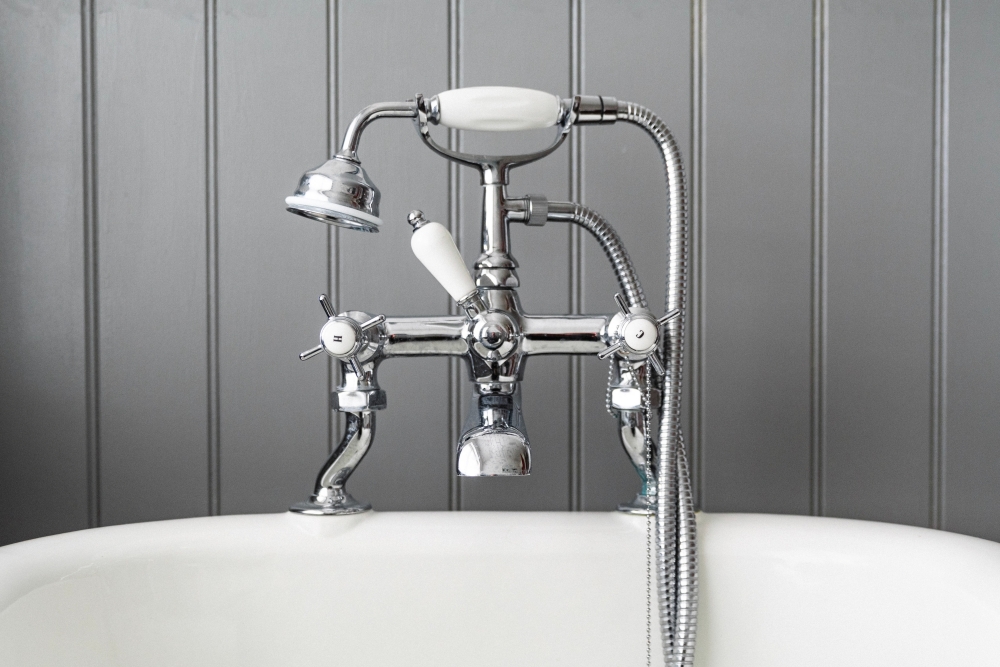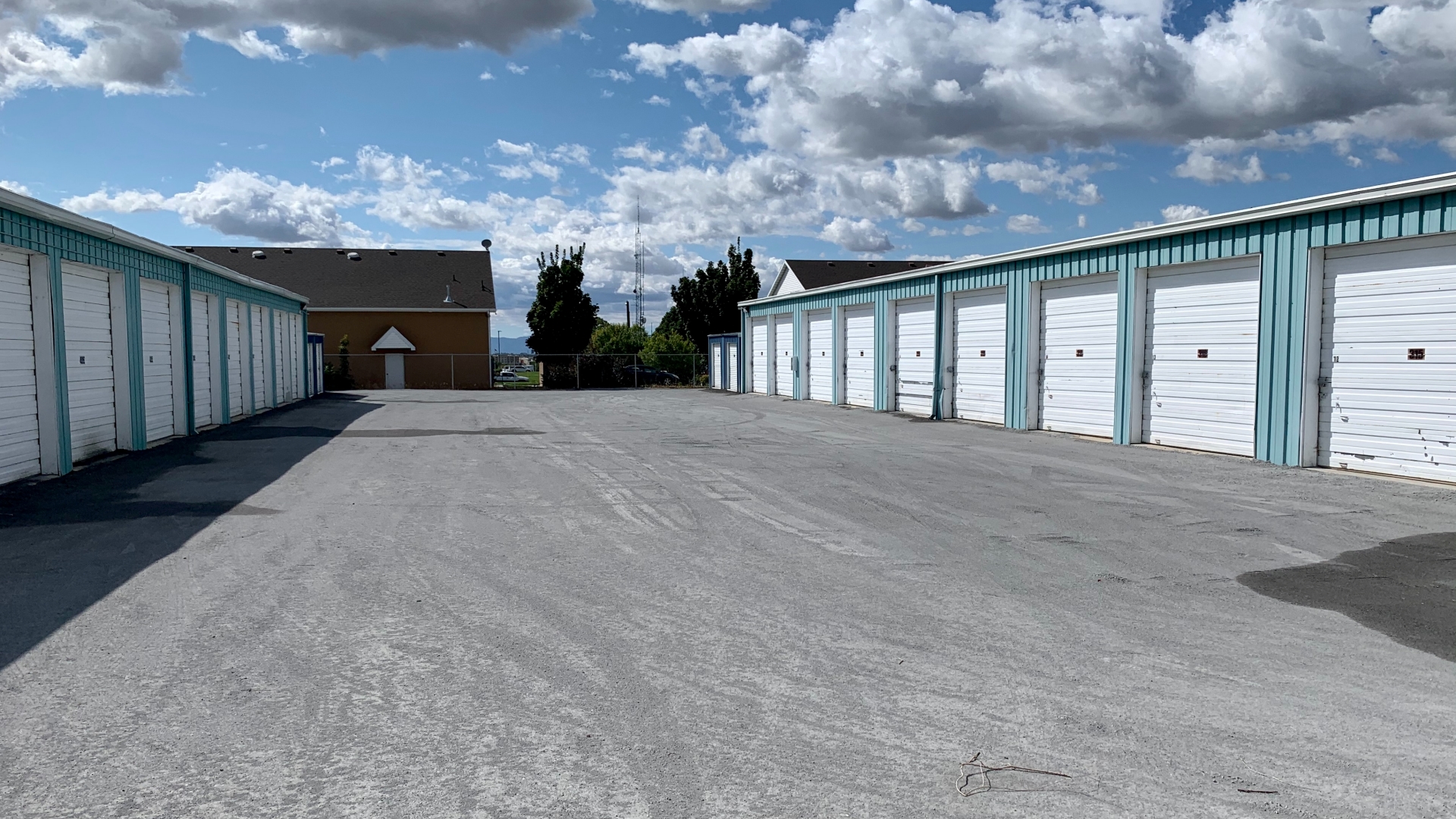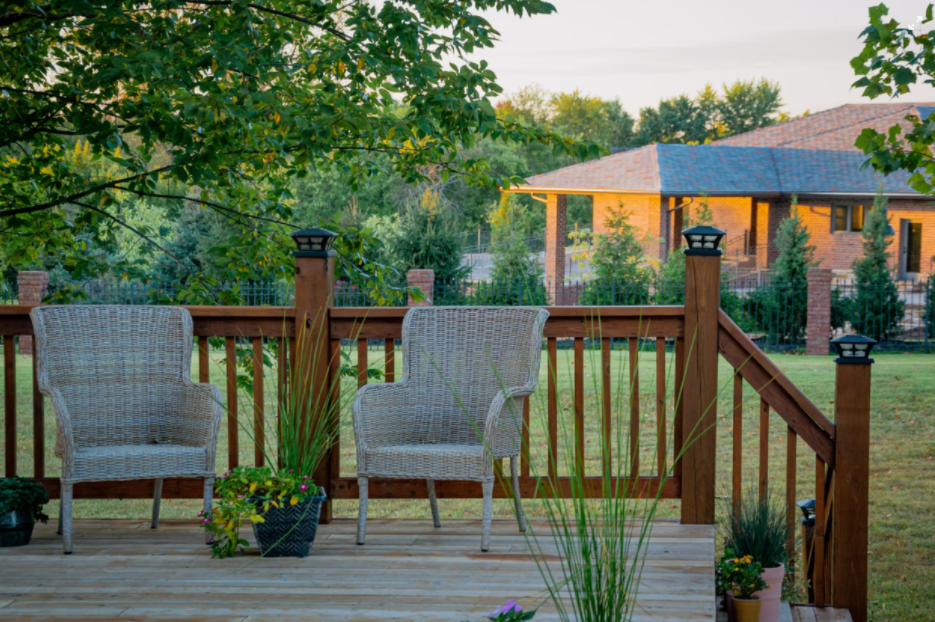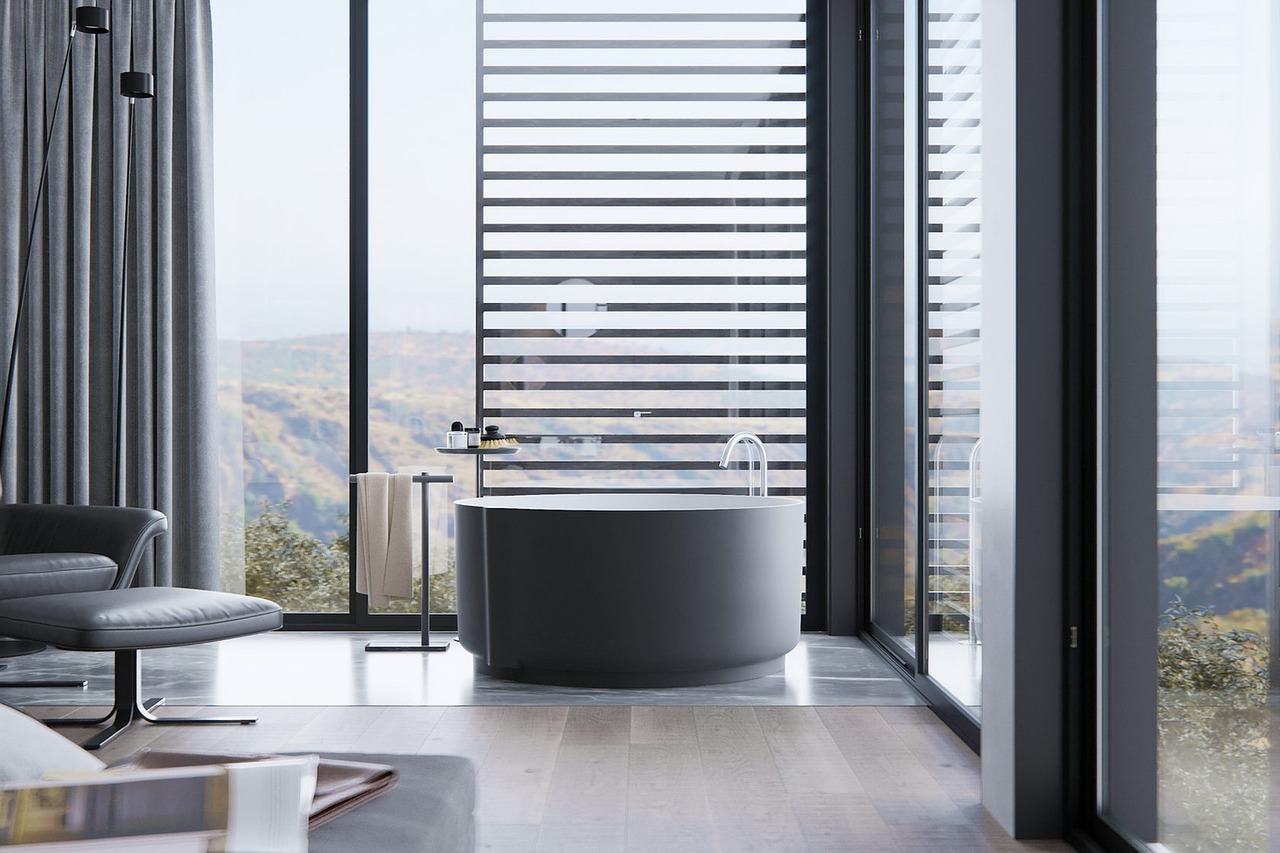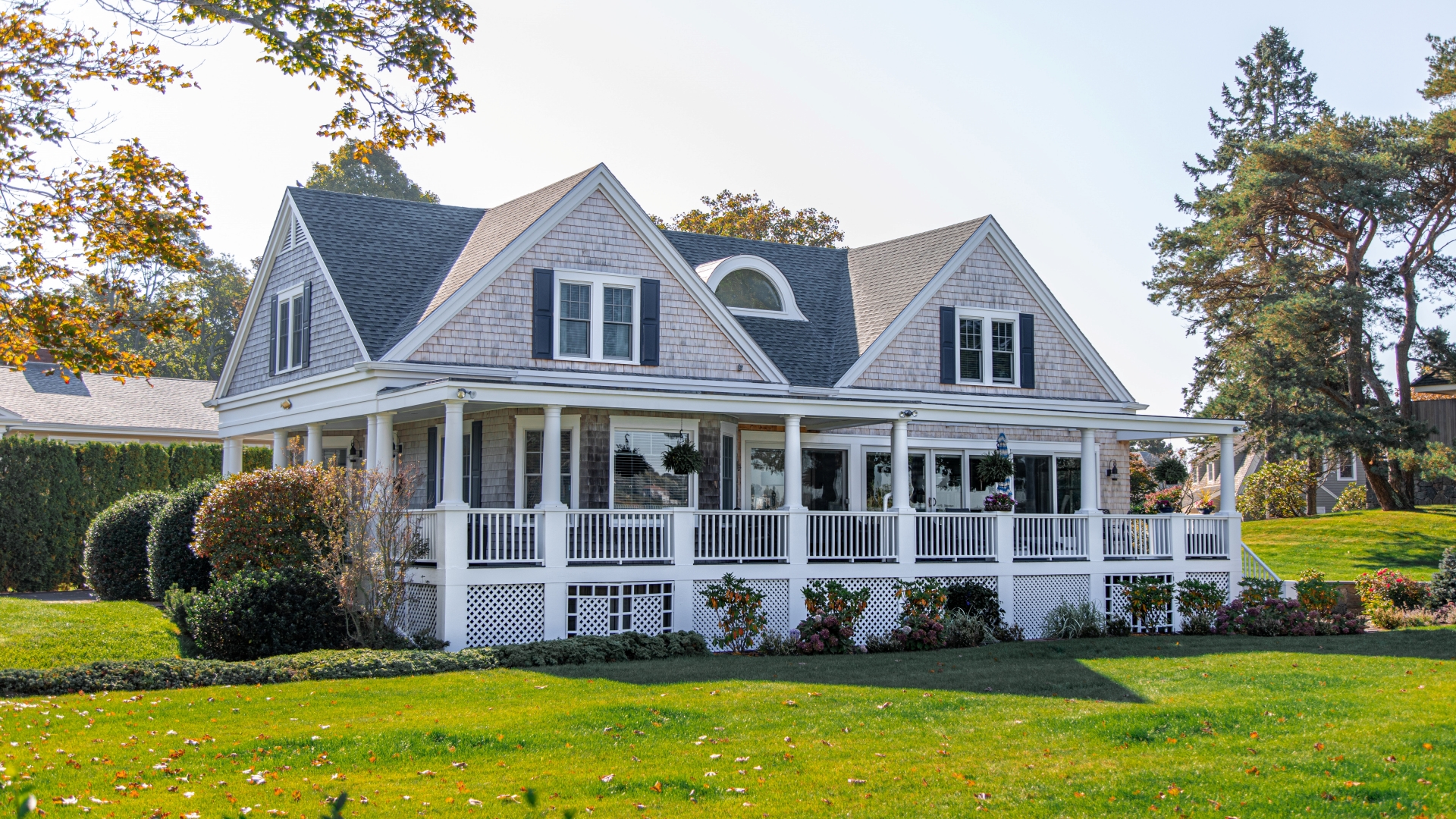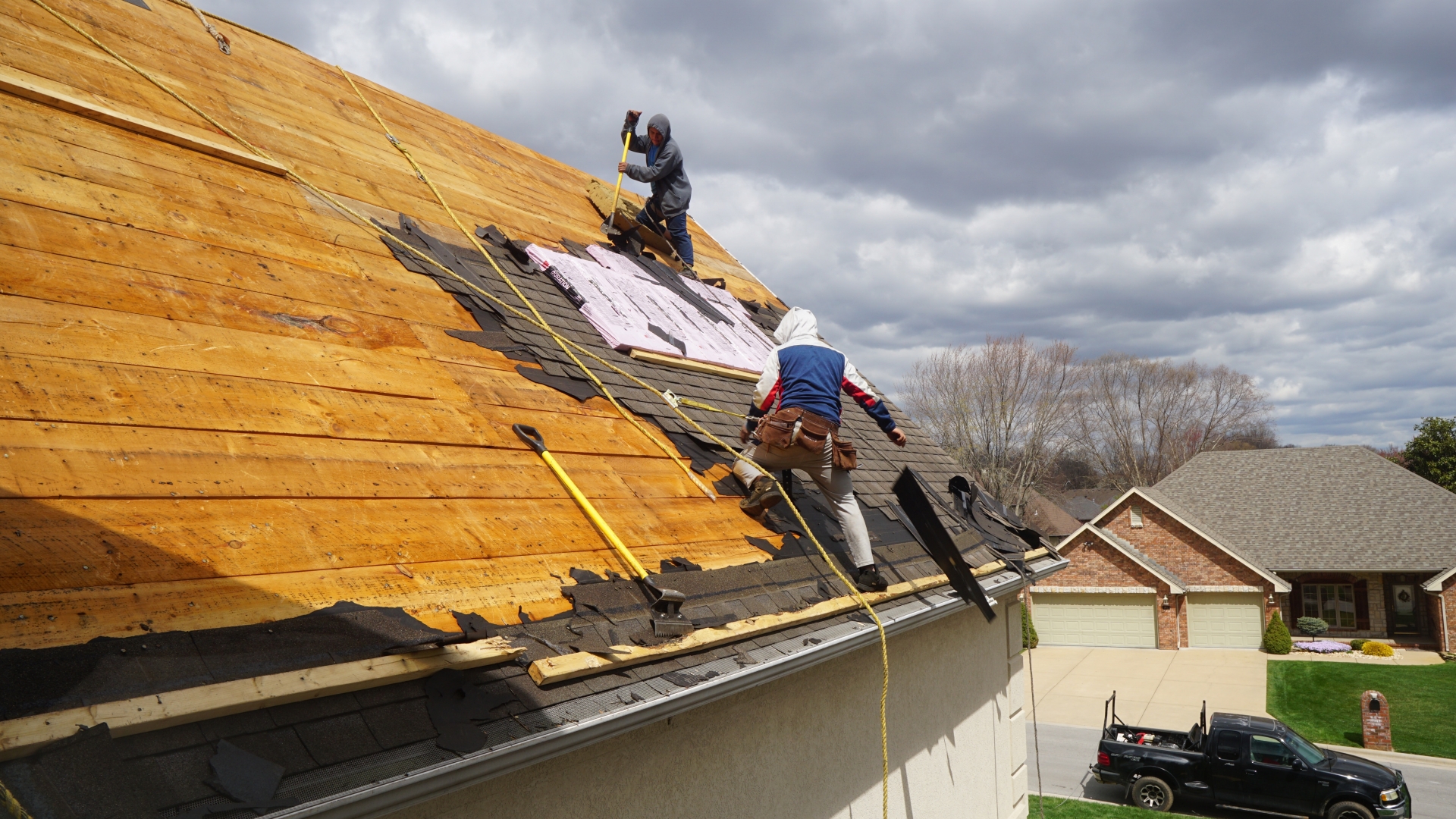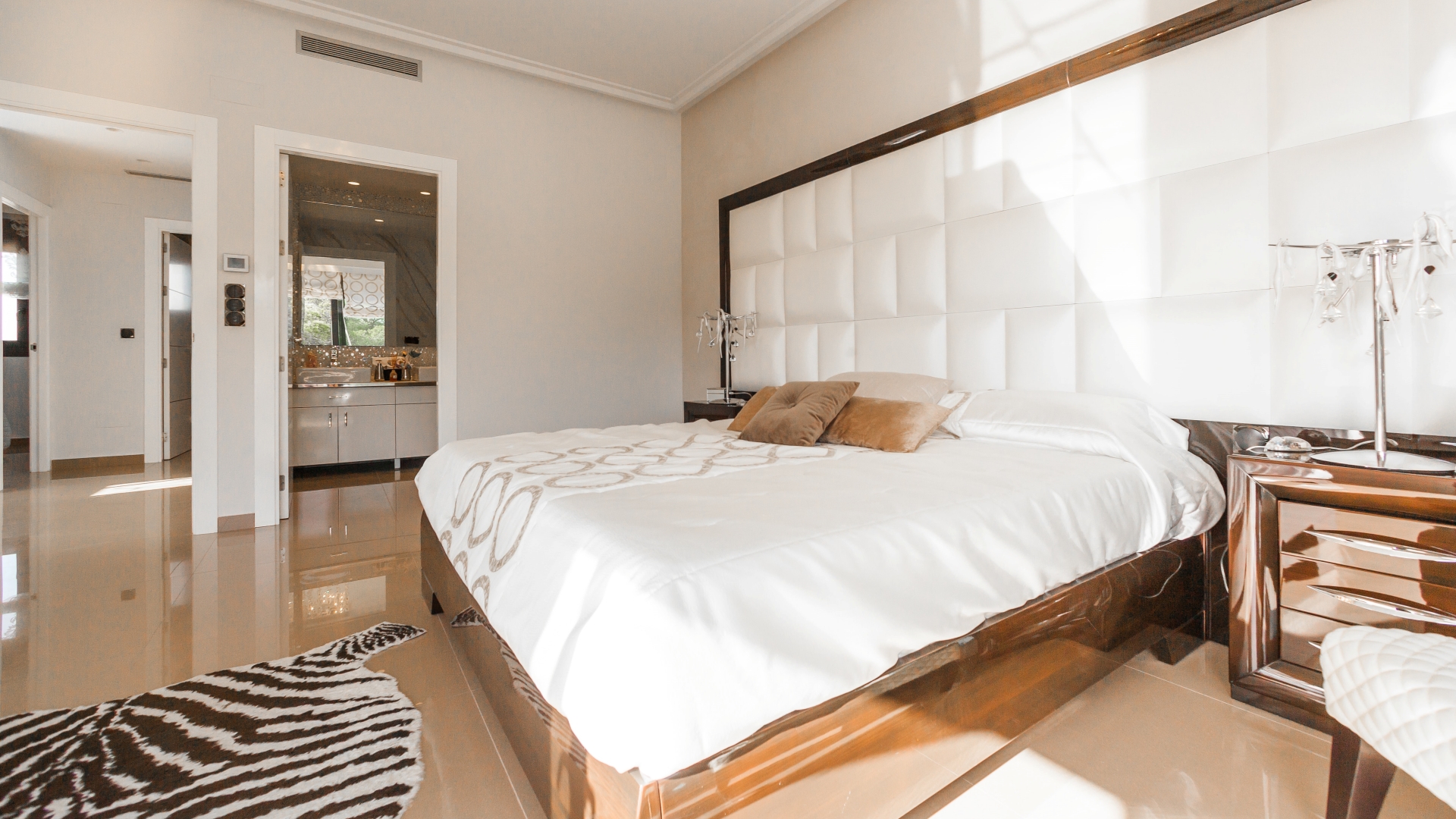Current architectural practices in high-speed environments continue to change through technological advancements in structure design methods. Parametric design, together with digital fabrication, represent the two major transformative innovations because they allow architects to achieve innovative, creative achievements.
The combination of these technologies enables optimized workflow management and leads to higher building sustainability together with performance results. The article investigates how parametric design changes architectural practices when it is combined with existing workflows.
Applications of Parametric Design in Architecture
Parametric design delivers its most valuable use through visualization techniques. Building hierarchical design systems through algorithms helps architects create detailed three-dimensional visualizations which allow users to experience comprehensive designs in real-time.
The design models enable building stakeholders and users to visualize both environmental interactions and design choice effects that lead to project results. Through parametric visualizations, both communication becomes better and quick decision-making capabilities emerge by delivering numerous design alternatives.
Parametric design achieves excellence mainly through building facades and structures designed for adaptive capabilities. Designers can produce building elements which optimize comfort levels and reduce energy consumption through the addition of environmental input, including wind speed, solar data, and temperature levels.
A building exterior system can autonomously adjust to sunlight direction because this control reduces heating effects inside the structure. Designs that undergo adaptability show greater sustainability because they automatically react to present environmental conditions.
Utility programs aid urban planners and landscape designers in building intricate geometries and natural systems in their work. Architects utilize their tools to represent whole urban arrangements by looking at traffic patterns and, planning of areas and environmental effects. The implementation of data-driven planning methods allows planners to find efficient solutions while building resilient, sustainable urban areas which produce smarter cities.
The Role of Digital Fabrication in Parametric Design
Parametric design reaches its full potential because it pairs with advanced digital fabrication systems, which include CNC milling and 3D printing, together with robotic assembly. The tools deliver exact results with complex shapes that existing construction practices cannot generate.
The parametric designs created during the phase can be transformed into physical components because of digital fabrication capabilities. The flawless integration eliminates possible design-versioning misalignments between target designs and finished structures, which guarantees precise replication of architectural models. The construction process gains speed through this approach while errors decrease and manual efforts for modifications reduce to a minimum.
Conclusion
The implementation of parametric design advances architectural CAD work processes through creative capabilities and process efficiency. When used in architecture parametric design gives architects instant environmental response while letting them manipulate advanced geometric structures to boost building aesthetics and functionality. Even though obstacles exist in the road ahead, parametric design stands as a fundamental methodology for architectural practitioners in the future because it facilitates creative and efficient design work.



